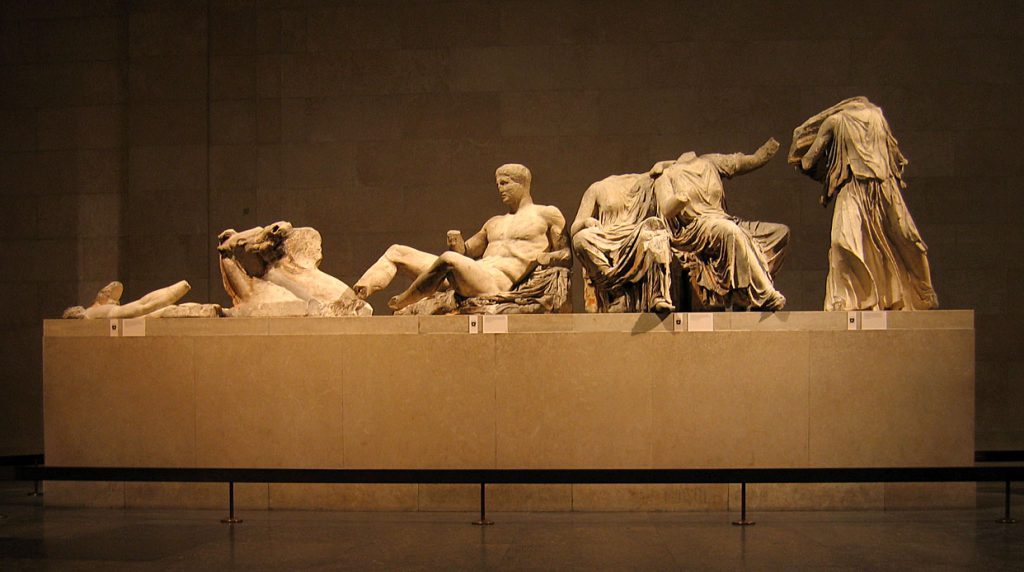Have you ever wondered who owns the objects found in a museum and whether the ownership is in the “right” hands?

Museums and governments have been discussing this for some decades now. One of the most prominent examples are the Parthenon Marbles also known as the Elgin Marbles, which are currently housed in the British Museum. These marbles travelled from Athens to London during the Ottoman Empire, of which Greece was a part of, brought by the English ambassador to the Empire, count Elgin, in the 1800s. The Greek government claims that Greece is the rightful owner of the marbles, and the Greek government is requesting the British government to send them back to Greece. Arguments in favor of keeping them in London include the fact that they are held in a safe place, that entrance to the museum is free for anyone who can reach it, and that at the time when the Parthenon was built, Greece did not exist as a state as we know it now. Arguments against this include that the marbles are closer to the Greek heritage than the British one, and that they were unfairly moved from their original location. This is a matter of national pride, heritage, and history.
So, which country should have the right to show and hold the marbles? From a One Health perspective, given that everything is linked, the marbles represent a common heritage and history of humanity, at least to Western culture, meaning that they should be reachable to the greatest proportion of people possible. To make this possible, the marbles would have to be moved with a certain periodicity between continents. This could happen through a collaborative network, in which more than the marbles or other artifacts could move. There could be an exchange of knowledge, for example, an archeology Professor in Rome proposed that artifacts in a museum could be lent or the custody is given permanently to another one in exchange for technical knowledge, training, scholarships, etc. This would enrich every museum that is part of the network and hopefully the communities where these museums reside by extension as well. This is reminiscent of John Donne’s poem “No Man Is An Island”.
By Olga Muñoz, Graduate Assistant
 0
0
